- Massive Range
- FREE UK Delivery
- Rapid Dispatch
- Massive Range
- FREE UK Delivery
- Rapid Dispatch
- Massive Range
- FREE UK Delivery
- Rapid Dispatch
Home » How to Properly Install Steel Channel for Maximum Strength
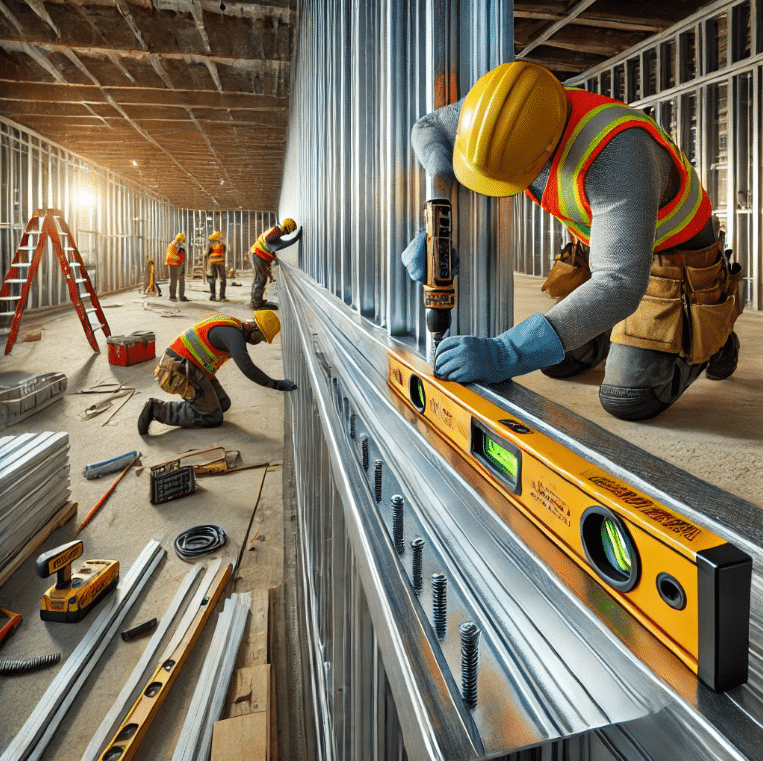
When it comes to construction, the strength and stability of the materials used are paramount. Steel channel are a versatile and essential component in many structural applications. Due to their shape, they provide excellent strength-to-weight ratios, making them ideal for a variety of uses, from framing structures to supporting walls. However, proper installation of steel channels is essential for fully maximizing their benefits. To ensure maximum strength and durability, you’ll learn how to install steel channels in this comprehensive guide.
Before delving into the installation process, it’s important to understand what steel channels are and how they are used. Steel channels, also known as C-channels or U-channels, are long steel bars with a cross-sectional shape that resembles the letters C or U. They are used in construction for a variety of purposes, including:
Steel channels come in various sizes and grades, allowing for flexibility in design and application. The choice of channel size and grade will depend on the specific requirements of your project.
Proper installation of steel channels involves several critical factors that ensure the structural integrity and maximum strength of the application. These factors include:
The first step in the installation process is selecting the appropriate steel channel for your project. This involves considering the following:
Once the appropriate steel channel has been selected, the next step is to prepare the installation area. This involves:
Proper alignment and positioning are critical for the structural integrity of the steel channel. Follow these steps to ensure accuracy:
Securing the steel channel properly is essential to ensure it can bear the intended loads. The method of fastening will depend on the installation surface and the specific application. Common methods include:
After installation, regular inspection and maintenance are crucial to ensure the long-term performance of the steel channel. This involves:
Different applications of steel channels may have unique requirements and best practices. Here are some common scenarios and the specific considerations for each:
When using steel channels to support floors and roofs, it is essential to:
For framing walls and ceilings with steel channels:
When using steel channels to reinforce concrete structures:
For larger-scale projects such as bridges and industrial structures:
Proper installation of steel channels is critical, and avoiding common mistakes can significantly enhance the strength and longevity of the structure. Some common mistakes to watch out for include:
Properly installing steel channel is a meticulous process that requires careful planning, precise execution, and ongoing maintenance. Your steel channels can provide the maximum strength and durability for your construction projects if you follow these steps.
Choosing the right steel channel, preparing the installation area, aligning and positioning accurately, securing fastening, and conducting regular inspections all contribute to a robust and reliable structure. Using steel channels correctly and adhering to best practices can help you maximize the safety and longevity of your constructions by avoiding common mistakes.
The principles and techniques discussed will be useful whether you are supporting floors or roofs, framing walls and ceilings, reinforcing concrete, or constructing large industrial structures. Remember that the strength of your steel channels depends on how accurately and carefully they are installed.
As always, thank you for checking out our blog. We hope that this helps you with your project.
Please also check out the other articles in our helpful guide series. We have written about aluminium angle and the Uses of Aluminium U Channel recently to name but two of our articles.
We are also proud to sell this product on our highly popular eBay store, check us out there too.
If you have any further questions, feel free to contact us.
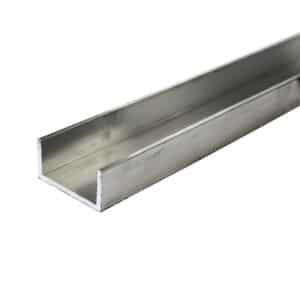
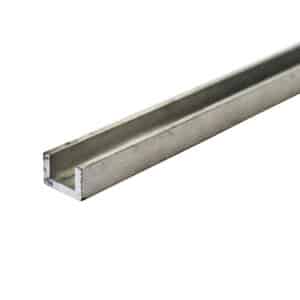
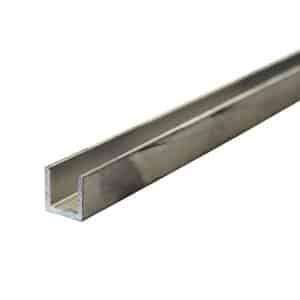
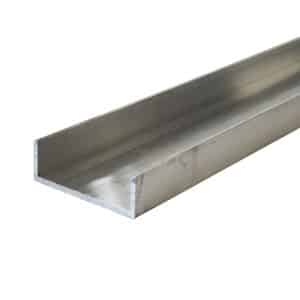
Speciality Metals
Unit 1, Farrell Street, Warrington,
Cheshire, WA1 2WW, United Kingdom
Quick Links
Payment Options
